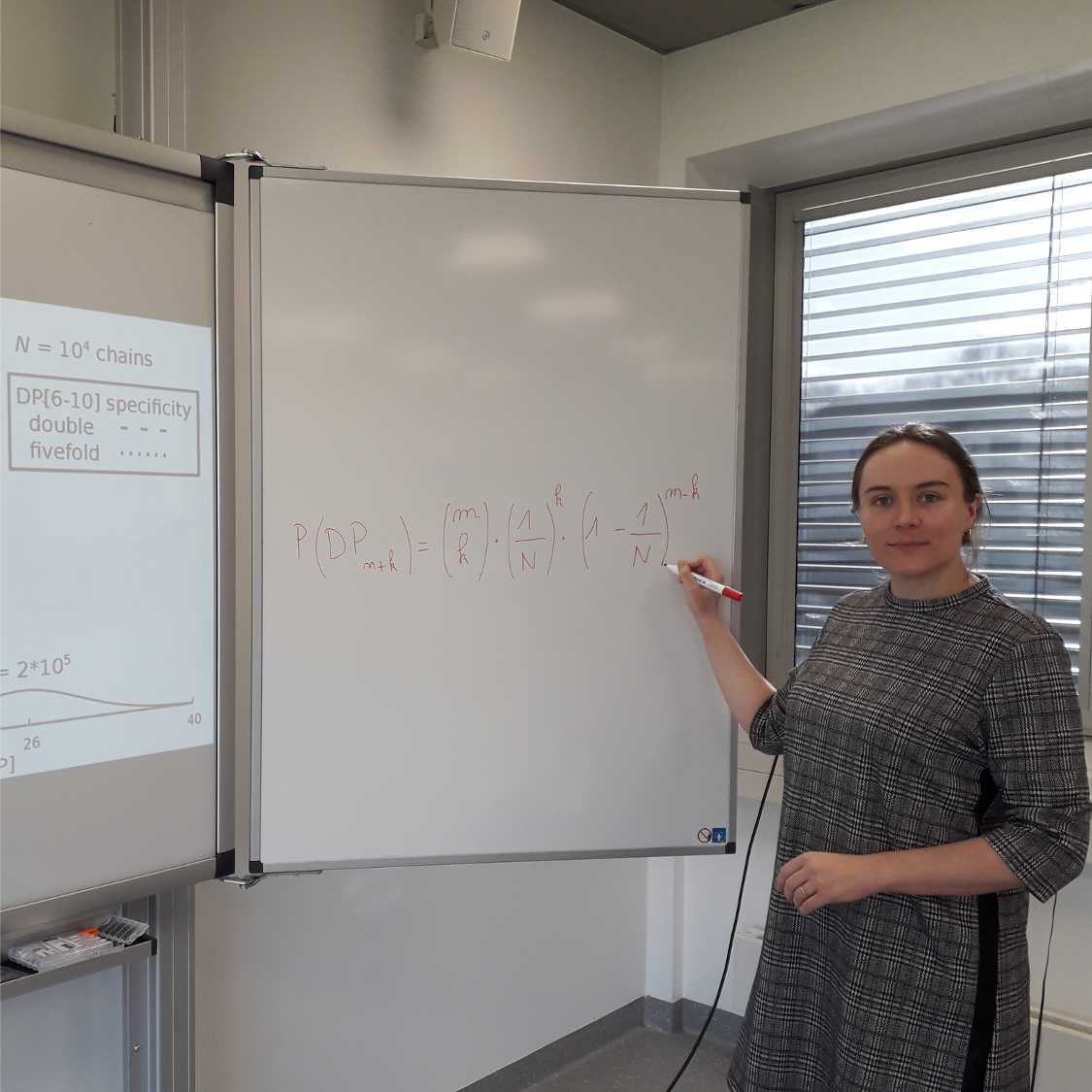Production of starch as a theoretical model
Starch is a plant-derived insoluble sugar molecule composed of glucose chains, which makes the main energy intake in our diet and a valuable raw material for industry. The properties of starch depend on the arrangement of glucose units within the constituent chains. This highly tailored structure results from the collaborative action of several proteins and the mechanical properties of starch chains.
The detail of this process is very complex and still scarcely understood, limiting progress toward targeted improvement of our starch crops. Starch is mostly consumed as rice, corn, wheat, cassava and potatoes. Its digestibility depends directly on its structure and the arrangement of the starch chains. Hence, by studying the formation of starch we decipher the mechanisms responsible for the arising of the final consumable food product.
One of the central topics in CEPLAS research area 4 is the theoretical description of plant metabolism. Starch, as an essential energy storage, is a key player for better understanding this complex system. Therefore, studying starch formation in plants contributes directly to the general framework of our research. We believe that the synergy between experimentation and simulation is needed for the correct interpretation of experimental data. In a recent article we propose an interdisciplinary approach based on theoretical models and experiments to point out the challenges in understanding the starch molecule and propose new strategies to tackle these.

Planter’s Punch
Under the heading Planter’s Punch we present each month one special aspect of the CEPLAS research programme. All contributions are prepared by our young researchers.
Further Reading
Pfister, B., Zeemann, S.C., Rugen, M.D., Field, R.A., Ebenhöh, O., Raguin, A. (2020). Theoretical and experimental approaches to understand the biosynthesis of starch granules in a physiological context
About the Author

Dr. Adélaïde Raguin is a french scientist, who specialized in the stochastic modeling of polymer systems. Over the last few years she focused on the mathematical description of starch as one of the most important polymers in plants.